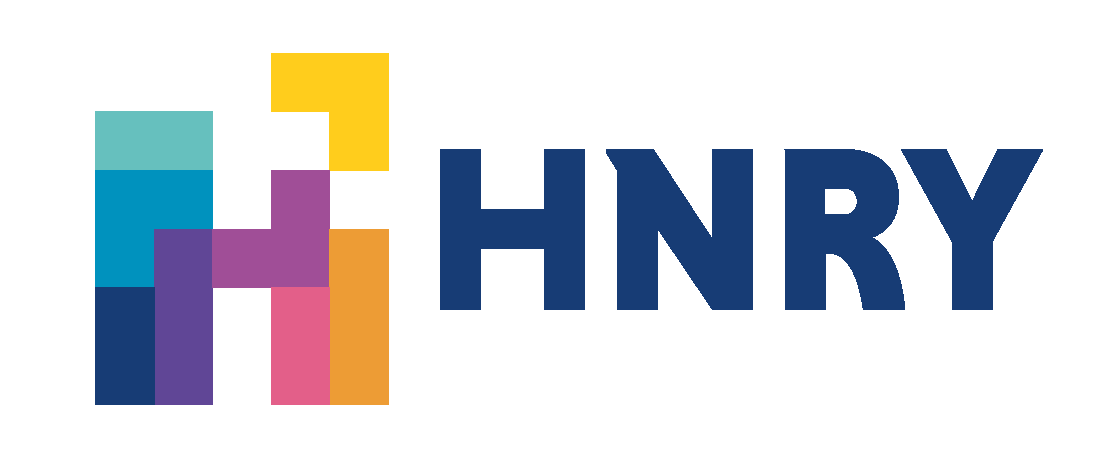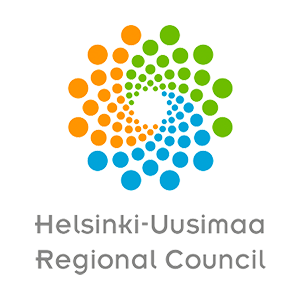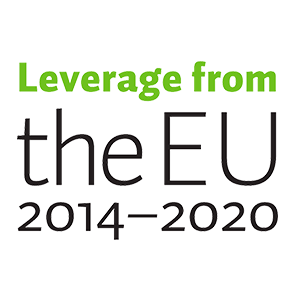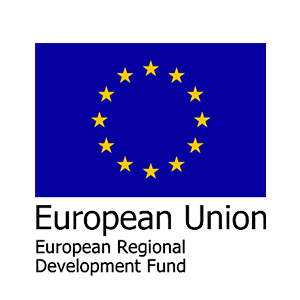
How does the public sector support companies’ sustainable product development and innovation?

Innovative public procurement as a tool for developing sustainable markets
public procurements, procurements, innovation, product development, product development and innovation, partnership model
Innovative public procurement is a means for the public sector to promote and support the growth of companies that produce sustainable solutions and their product development and innovation activities. The support is given to the company by procuring a solution for a public sector operator. It is directed at the acquisition of a new sustainable product or service, or the support can be used to build a new procurement model.
- Steering effect: public procurements have a steering effect in the promotion of sustainable social and economic growth.
- 10%: in its resolution of 10 September 2020, the Finnish Government committed to increasing the amount of innovative public procurement to 10 percent of all procurement by the end of the parliamentary term.
- EUR 3.5 billion: 10% of public procurements means EUR 3.5 billion every year: significant business opportunities for companies that develop sustainable solutions.
This solution is right for you if
- you are interested in practical ways for the public sector to support the transition to sustainability;
- you are looking for ways to implement your company’s sustainable innovations in collaboration with public sector operators;
- you want to learn about practical tips for companies interested in submitting offers to a competitive bidding process for innovative public procurement.
BASIC FACTS
- Organisers:
- University of Turku, Finland Futures Research Centre (FFRC), Essi Silvonen
- Specialists and participants in the solutions forums in the HNRY project
- The concept has been piloted in practice with Elenium Oy’s Henri Haikonen
What is innovative public procurement?
Innovative public procurement provides companies and public procurement professionals with new procedures and evaluation methods that require different skills than conventional procurement methods. In the model, public operators are clients and companies that produce solutions. The goal is to produce scalable, socially sustainable new solutions. The right to use these solutions often remains with the company, which can also apply them in its future commercial activities.
An industrial area in the planning or construction phase can be the target of innovative public procurement. In this regard, the innovative public procurement process is suitable for both infrastructure development projects and operational sites that can be used to demonstrate a clear, positive impact on the environment through new and innovative approaches.
What sets innovative procurement apart from the conventional process is that the object or process of procurement is not precisely defined. An innovative procurement contract may include the development and piloting of a new solution. When a procurement is directed at the desired effects and outcomes instead of an accurate implementation model, it gives the supplier more freedom to propose alternative solutions.
Technological developments and new products and services in the development phase mean that companies are constantly creating new solutions to meet the public sector’s requirements. Innovative public procurement makes it possible to support and apply the solutions at an early stage, whereas the more conventional procurement legislation has decreed that products and solutions can only be procured once they are widely available on the market. However, a new product or technology does not have value in itself from the client’s point of view. It is important when new solutions could potentially offer greater benefits and be more sustainable than conventional solutions.
Public procurement has a steering effect in the promotion of sustainable social and economic growth
The annual value of public procurement in Finland is about 35 billion euros, which represents 15% of Finland’s GDP. Two thirds of public procurement is accounted for by municipalities and joint municipal authorities, and a third by the state. Finland has set a goal to be carbon-neutral by 2035. To achieve this, it has resolved to carry out a national circular economy programme. It is clear that the state and the public sector alone cannot create solutions to achieve carbon neutrality. Achieving the target requires companies to invest in product development and innovation to provide solutions for both the public and the private sector.
Public procurements are the most impactful means available to the state and the public sector for steering the economy and bringing about practical changes. In order to be able to direct public procurement towards impactful sustainable solutions, those in charge of public procurement need an operating model that is based on cooperation with companies and also serves as a roadmap for creating practices and information that lead to sustainable public procurement. The innovative public procurement operating model is built to meet this need.
How to make public sector needs and companies’ abilities match?
Conditions can be created at different stages of the procurement process for ensuring that the needs of the public sector match companies’ ability to create solutions. The process starts with the identification of development of procurement needs and turns into collaboration during the contract period. Various means can be used to specify the challenges and needs, including strategic planning, cooperation between client organisations, research cooperation, predictions of future procurement and investment needs, market dialogue, impact assessment as well as experiments and pilots.
It is important that the client actively explores the range of new solutions, shares information about its needs and goals and engages in dialogue with companies in the procurement preparation phase. This is the time for companies and solution providers to make the client aware of the solutions they can offer and to have a say on how the client’s goals develop during the procurement planning phase.
In the tendering phase, the procedure defined by the client and the criteria for comparing the offers need to be such that they make it possible for new solutions to be successful and allow for their features to be improved and tested within the contract framework.
Elenium Oy – innovative public procurement is helping the company to become an international supplier of logistics and materials management software solutions
Elenium Oy built a weighing and inventory management system for a joint procurement contract by five waste companies; MaterialPort allows users to collect all necessary information about inbound and outbound loads as well as to monitor material flows in the waste management centre at various stages of the process. The system also features digital services for clients. During the process, Elenium Oy effectively developed a product, which it can sell to other logistics and waste management operators. The innovative public procurement process was, in itself, an incentive to develop the product, but it should be noted that the company also invested a significant amount of its own resources in the development of MaterialPort.
Based on Elenium Oy’s experiences, Henri Haikonen strongly believes that participating in an innovative public procurement process can be a momentous opportunity for companies. Companies are also best placed to solve many of society’s functional challenges, so solutions that promote collaboration between public organisations and businesses are important for the development of sustainability solutions. He gives the following practical advice to companies that are interested in developing their own operations with the support of innovative public procurement:
- Select development projects that support your own visions for the future.
- Find out and understand what kind of project you are getting involved in.
- Know your resources and relate them to the project on offer.
- Take a close look at your target market.
- Prepare for the public procurement process.
TAKE-HOME MESSAGES
- In the tendering phase, the procedure defined by the client and the criteria for comparing the offers need to be such that they make it possible for new solutions to be successful and allow for their features to be improved and tested within the contract framework.
- The procurement contract may include development work, piloting or incentives to carry out these activities. An innovative procurement process can also refer to an innovative way of carrying out a procurement process or to procurement that encourages suppliers to innovate. It can also mean using procurement as an instrument of innovation policies to develop business operations and innovation activities in companies.
- The procurement process is often intensive; both suppliers and end users need to become engaged in the process.
- A company bidding in innovative public procurement must carefully consider its own investment in the development efforts and assess the commercial value of the resulting solution. It is always important to look at and negotiate the entire package alongside the price, to consider possible contractual incentives and continuous development, the replicability and scalability of the solution and the brand value that the project may create.
“Implementing innovative public procurement is an opportunity for a company to boost its product development, but it is also a demanding process, and if a company commits itself to it, it needs to determine what it wants out of the project and how the project supports the company’s strategy.”
– Henri Haikonen, Elenium Oy 21.3.2021





 Elenium
Elenium